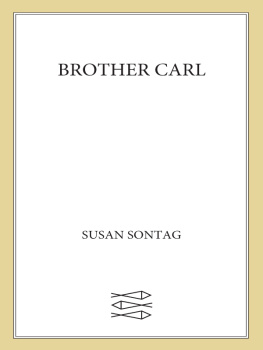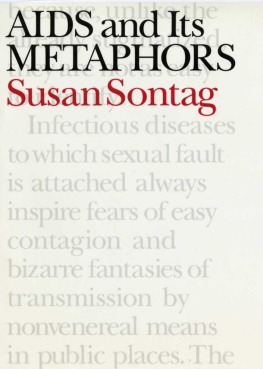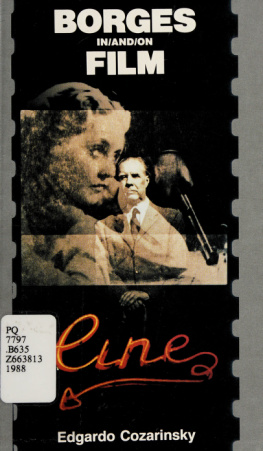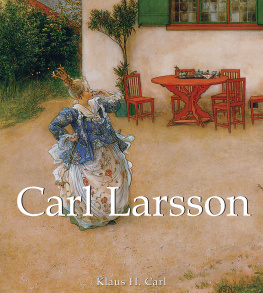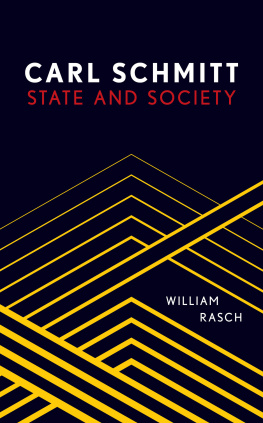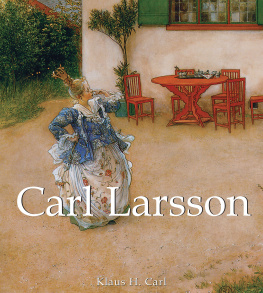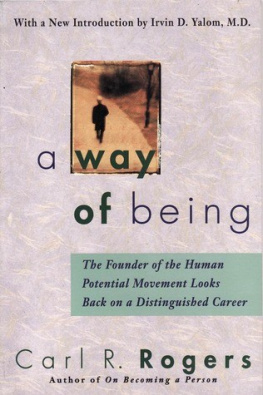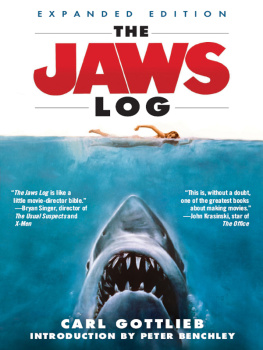Table of Contents
Guide
By Susan Sontag
Novels
THE BENEFACTOR
DEATH KIT
Essays
AGAINST INTERPRETATION
TRIP TO HANOI
STYLES OF RADICAL WILL
Filmscripts
DUET FOR CANNIBALS
BROTHER CARL
Brother Carl
A filmscript by SUSAN SONTAG

The author and publisher have provided this e-book to you for your personal use only. You may not make this e-book publicly available in any way. Copyright infringement is against the law. If you believe the copy of this e-book you are reading infringes on the authors copyright, please notify the publisher at: http://us.macmillanusa.com/piracy.
Farrar, Straus and Giroux 18 West 18th Street, New York 10011
Copyright 1974 by Susan Sontag
All rights reserved
FIRST PRINTING, 1974
Published simultaneously in Canada
by Doubleday Canada Ltd., Toronto
eISBN 978-1-4668-7334-6
First eBook Edition: April 2015
eBooks may be purchased for business or promotional use. For information on bulk purchases, please contact Macmillan Corporate and Premium Sales Department by writing to .
Library of Congress Cataloging in Publication Data.
Sontag, Susan.
Brother Carl.
I. Brother Carl. [Motion picture]
PN1997.B764S6 1974 791.437 72-82949
for Carlotta del Pezzo
March 1969. The day after I had checked the first print of Duet for Cannibals back from the laboratory, it was screened for Gran Lindgren, president of Sandrew Film & Teater AB, the company that had produced the film. He saw it alone, at ten oclock on a Saturday morning in the empty Sandrew office building; I came ten minutes after the screening started and spent the next hour and a half pacing off the corridor. In the time since I had first come to Sweden, on his unexpected invitation, in July 1968, to make a film, Lindgren and I had seldom met; he had never appeared on the set, come to the rushes, or turned up during the editing and mixing. What he said in the corridor after that screening took about a minute. He liked Duet for Cannibals, he told me. I was welcome in Sweden the following year to make another film. We shook hands, he turned toward his office, and I went into the street to look for the sun. A few days later, without seeing Lindgren again, I left Stockholm. So accustomed was I by then to the laconic, shy, spectacularly honest Swedes that it never occurred to me to wonder if I needed a contract or a letter to be sure that Sandrew really meant to produce my second film. And, of course, I didnt.
Early January 1971. The first print of Brother Carl has just come back from the laboratory. A different screening room, for Sandrew has new offices now, but the same ritual: Lindgren inside, alone, the first to see the finished film, and me, late on purpose, alone in the corridor. End of screening. Some polite words about Brother Carl, a question about when I am leaving for France, and a handshake. No inquiry about my next film project, which does not surprise me, since there was a rumor circulating in the company well before the shooting began that Lindgren wants Sandrew to lay off film production altogether for a while. He turns toward his office, and I go down into the streetthough not to look for the sun. In Stockholm in January, even noon is still night. I find that Im relieved not to be asked back. That particular, intense, Swedish trip inside my head is over. I can start making films elsewhere: France perhaps; soon, I hope, the United States.
Brother Carl took longer to write than Duet for Cannibals. After the premire of Duet for Cannibals in May 1969, I spent most of the summer in Italy. I redid the new film in my head several times, confident that I could write it out quickly. Only as I started putting Brother Carl down on paper, when I returned to New York in September, did I realize how many tough questions about film narration and construction the making of Duet for Cannibals had opened up for me. I also had the benefit of an interlocutor this time. Throughout most of the autumn my friend Florence Malraux participated intellectually in the genesis of Brother Carl and gave the emerging script several hours each day of passionate, skeptical, and delicate criticisms. I want here to express my deep and loving gratitude for that dialogue we had together.
The first draft was finished in December. I sent it on to Lindgren and to the minority producer, Harry Schein of the Swedish Film Institute, before arriving in Stockholm in mid-January 1970. During a two-week stay, I put together the crew (many had worked with me on Duet for Cannibals), chose some of the locations (the hotel, Martins summer house, the abandoned fort, the abandoned factory), and spoke with actors. Gunnel Lindblom agreed to play Lena, as I had hoped, for the part had been written with her in mind. It took a long, hard discussion with Lindgren to convince him to let me shoot in black-and-white, which he was understandably reluctant to do since this now severely limits a films commercial possibilities. I simply could not imagine Brother Carla winters tale, to be shot in late summer: far northas a color film. As I saw it in my head, it was a film in black-and-white, more accurately, black-to-white images: about a present haunted by an untellable black act of corruption that lies in the past, transfixed by an unmerited white act of healing that waits in the future.
When I left Stockholm at the beginning of February 1970, I stopped off in Paris, hoping that I could persuade Laurent Terzieff (an actor Id admired for years but had never met) to accept the role of Carl. I discovered that he had gone on tour for the month. The phone call that finally reached him was to the backstage of a theatre in a small city whose name Ive forgotten, an hour before curtain time. Apologetic, and forced to shout (the connection being up to the usual Paris-to-provinces standard) in my far from perfect French, I tried to explain who I was, that I wanted him to be in a film, and that I hoped to come to see him that week, wherever he would be. To my astonishment, he replied that my trip wouldnt be necessary, since he knew that he would like to work with me. Two minutes after the start of our conversation, without giving me time even to tell him the theme of the film or what his role would be, and undeterred by my warning that he (like everyone working on the film) would be paid next to nothing, I had his promise to put aside three months to come to Sweden. Although I had been prepared by Lindgren to receive arbitrary gifts of trust, Terzieffs two-minute consent, blind, over the telephone (we did not meet until two months later), had nothing of the stately tone of Lindgrens one minute in the corridor the previous March. No one could be more un-Swedish than ascetic, exacting, ardent, generous Laurentwho was to be, quite simply, perfect in his understanding of Carl. More confident in the script now that I knew Terzieff would play Carl, I went back to New York and rewrote it once more.
It was Laurent Terzieff who first observedwhen I sent him the script a month laterthat in the tormented history of Martin and Carl I was evoking the legendary relationship between Diaghilev and Nijinsky. I told him he was right, and I know it helped Terzieff to believe that in the weeks he spent preparing for the role before he arrived in Stockholm in July. I wasnt telling the truth. My distant real-life models were a more contemporary director (theatre, not ballet) and his holy fool. But even they were only the vaguest of starting points for

